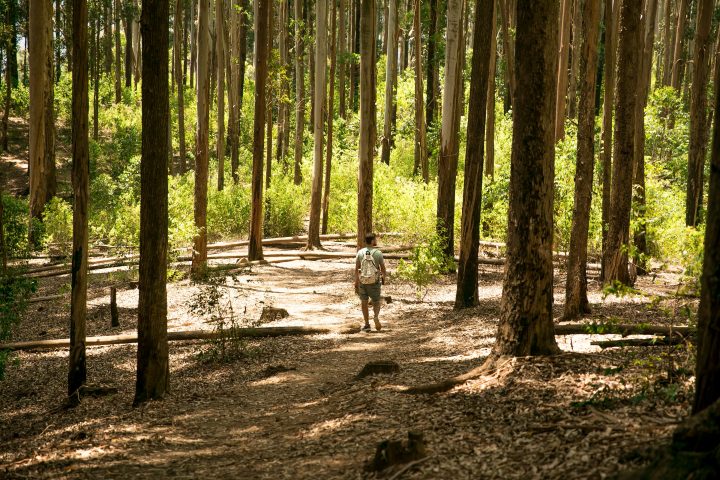The role of managed forests in carbon offsetting

The Jobs of Tomorrow
August 19, 2019
Expert tips on how to make a mid-career switch
August 28, 2019
Reforesting our planet is one of the greatest challenges of our century. It will be vital if we are to meet our climate targets and head off the worst of the environmental disaster.
In Europe, forests have been growing by an area equivalent to 1,500 football pitches every day. 70 percent of this new forest is certified to FSC or PEFC standards, thanks in no small part to the support of the print and paper industry.
As well as providing wood fibre to the paper industry, these managed forests play an important role in carbon offsetting and create new swathes of woodland ecosystem for wildlife.
What is carbon offsetting?
Carbon offsetting schemes provide an opportunity to balance out carbon emissions. They are used by both businesses seeking to offset emissions from industrial processes and by private citizens seeking to offset carbon arising from air flights or other travel and activities. Offsetting schemes typically require participants to fund activities, such as forestry, that will make equivalent reductions of carbon dioxide in the atmosphere.
Why are forests part of carbon offsetting?
Forest provides natural carbon capture and storage. As a result, managed forest schemes are often the focus of the schemes to compensate for carbon dioxide emissions.
What quality standards are in place for managed forests?
The majority of Europe’s managed forests are operated to FSC standards. The Forest Stewardship Council (FSC) is an international non-profit, multi-stakeholder organisation that was established in 1993 to promote the responsible management of the world’s forests.
What standards are in place to govern carbon offsetting schemes?
There are a number of standards in place to govern carbon offsetting mechanisms, including the Voluntary Carbon Standard 2007 and ISO 14064. Offsets that are produced under a voluntary standard are called Verified Emissions Credits (VERs). Offset that are generated under the Clean Development Mechanism are called Certified Emissions Reductions (CERs). Buyers can choose to buy CERs or VERs.
What other environmental benefits do managed forests deliver?
Many of Europe’s managed forests also provide sources of renewable energy. Managed forests can also help to relieve the pressure on natural forests and create sustainable environments for wildlife. They also play a vital role in minimising soil erosion and controlling floods and droughts.
Are Europe’s forests really growing?
Yes, Europe’s forest cover continues to grow, despite 80 percent of its total forested area being available for wood supply. Total planting exceeds tree felling in all European regions. But, this picture isn’t replicated around the world; the forest cover in tropical regions is most at risk. Forest degradation and deforestation are usually caused by unsustainable industrial practices, including logging, mining, and agriculture. This degradation of forests elsewhere in the world makes the growth of Europe’s forest even more important. However, the current state of climate change and carbon emissions means that reforesting action needs to be taken around the world.
Find out more: https://www.twosides.info/UK/sustainable-forestry/




